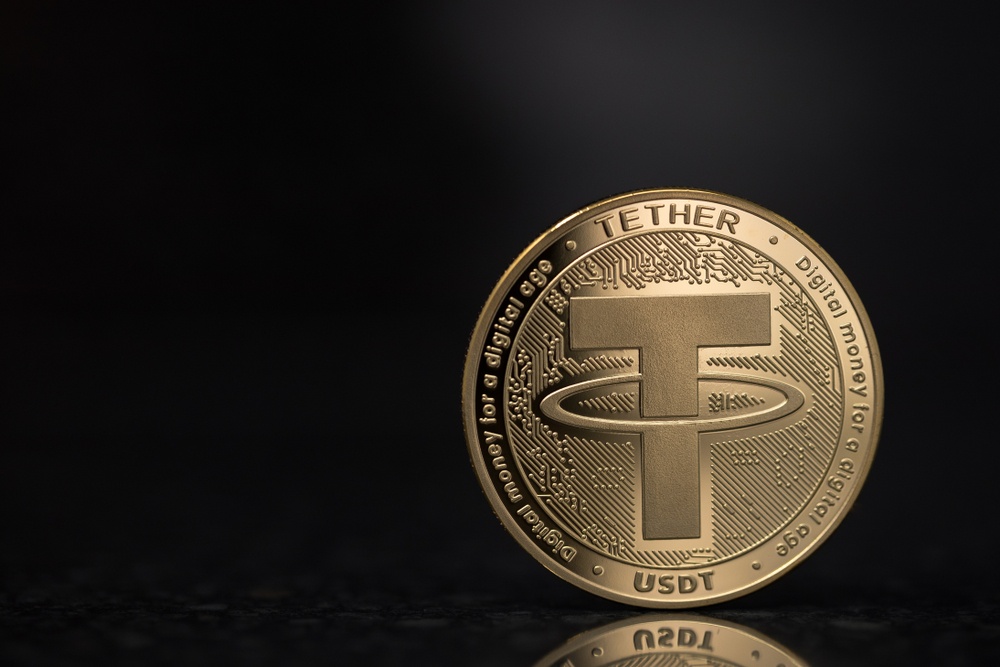Tether’s USDT Dominates Europe’s Crypto Banking Scene in 2024
22.01.2025 20:30 1 min. read Kosta Gushterov
Tether’s USDT emerged as the dominant stablecoin for payments and savings on Brighty, a European crypto banking platform, in 2024.
According to Brighty’s report, USDT accounted for 85% of all crypto deposits and ranked as the second most popular savings asset after the euro, reflecting its strong appeal among users.
The Tron-based TRC-20 version of USDT stood out, driving over 60% of USDT transactions on the platform. Its lower transaction fees compared to the Ethereum-based ERC-20 version made it the preferred choice, with 70% of surveyed users citing cost efficiency as a key factor in their adoption of crypto for payments.
Despite its popularity, USDT’s dominance in Europe may face challenges under the Markets in Crypto-Assets (MiCA) regulatory framework.
While Circle’s USDC has aligned with MiCA requirements, Tether’s non-compliance raises questions about its future availability. Brighty’s co-founder Nick Denisenko predicts a slow transition to USDC, as users adjust to regulatory-driven changes.
Brighty, a Swiss-based app catering to digital nomads, integrates traditional banking with decentralized finance, positioning itself as a bridge between fiat and crypto while navigating the evolving regulatory landscape.
-
1
Nvidia CEO Urges UK to Invest in AI Infrastructure or Risk Falling Behind
10.06.2025 9:00 1 min. read -
2
KuCoin Plants Its Flag in Bangkok With a Licensed Thai Exchange
14.06.2025 13:00 1 min. read -
3
Why Gold Could Be the Smart Play Amidst US Debt Surge
11.06.2025 11:00 1 min. read -
4
Warren Buffett Narrows His Bets as He Prepares to Step Down
14.06.2025 16:00 2 min. read -
5
MEXC Sets Up $100M Emergency Fund to Protect Users From Major Security Incidents
12.06.2025 11:00 1 min. read
Coinbase Surges 43% in June, Tops S&P 500 After Regulatory Wins and Partnerships
Coinbase has emerged as the best-performing stock in the S&P 500 for June, climbing 43% amid a surge of bullish momentum driven by regulatory clarity, product innovation, and deeper institutional interest in crypto.
What Brian Armstrong’s New Stats Reveal About Institutional Crypto Growth
Coinbase CEO Brian Armstrong has spotlighted a significant acceleration in institutional crypto adoption, driven largely by the surging popularity of exchange-traded funds and increased use of Coinbase Prime among major corporations.
Whales Buy the Dip as Retail Panics: This Week in Crypto
The latest market turbulence, fueled by geopolitical tensions and investor fear, offered a textbook case of how sentiment swings and whale behavior shape crypto price action.
What Will Happen With the Stock Market if Trump Reshapes the Fed?
Jefferies chief market strategist David Zervos believes an upcoming power shift at the Federal Reserve could benefit U.S. equity markets.
-
1
Nvidia CEO Urges UK to Invest in AI Infrastructure or Risk Falling Behind
10.06.2025 9:00 1 min. read -
2
KuCoin Plants Its Flag in Bangkok With a Licensed Thai Exchange
14.06.2025 13:00 1 min. read -
3
Why Gold Could Be the Smart Play Amidst US Debt Surge
11.06.2025 11:00 1 min. read -
4
Warren Buffett Narrows His Bets as He Prepares to Step Down
14.06.2025 16:00 2 min. read -
5
MEXC Sets Up $100M Emergency Fund to Protect Users From Major Security Incidents
12.06.2025 11:00 1 min. read


